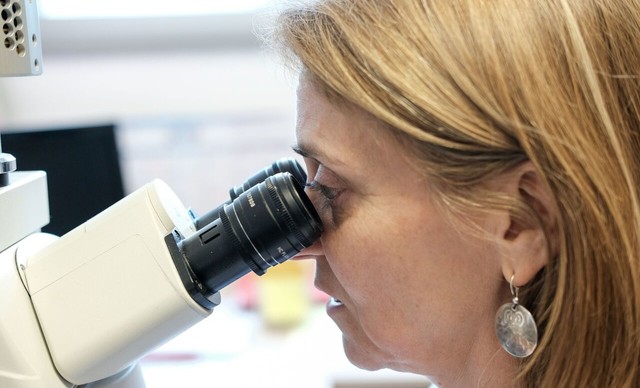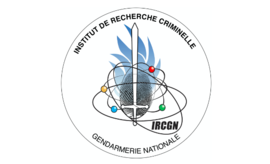KDOG COV

Context, principle and objective
Background
Odors are complex sets of molecules called Volatile Organic Compounds, or VOCs. These molecules can be detected either by smell or by chemistry.
We know that bacteria present in cancer tumours emit odorous V.O.C.'s. However, since the odor emitted by breast cancer has been little studied, its chemical composition remains to be specified.
Principle
Translational research is at the crossroads of basic research, which deals with hard sciences, and clinical research, which deals with the human person.
In this study, the researchers are trying to discriminate between the different V.O.C. of odor clusters to associate them with bacteria and thus identify the olfactory markers of breast cancer. To do this, they are using a cutting-edge analytical chemistry technique: two-dimensional gas chromatography.
Objective
KDOG dogs must train and continue to train throughout their career. This requires the collection of many samples, which affects the reproducibility of the method. Identifying the chemical signature would provide a solution: synthesize the smell of breast cancer to produce these training samples.
In parallel, the program is participating in research to develop a bioelectronic nose.
The scientific team
The samples come from the Curie Saint-Cloud Hospital, and are analyzed by chemists from the Environment-Fire-Explosion department of the Criminal Research Institute of the National Gendarmerie (IRCGN). The data are analyzed by Etienne Audureau of the Université Paris-Est Créteil (UPEC).


